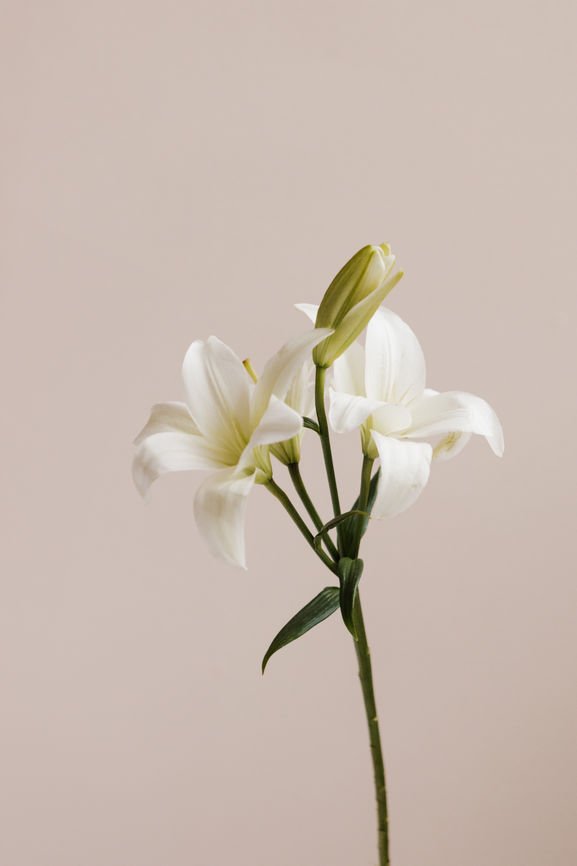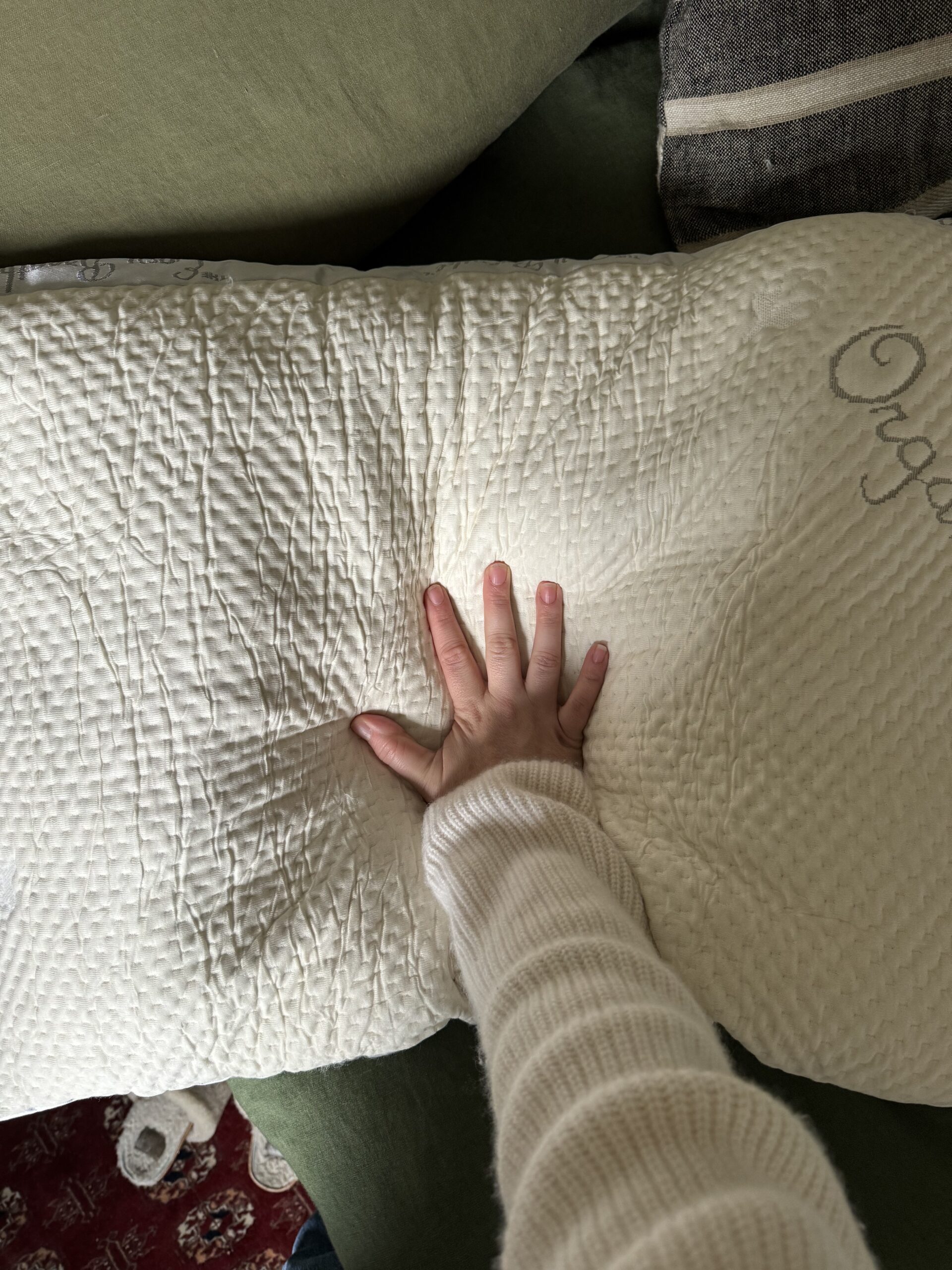
Where To Shop For Sustainably Farmed Flowers
When you think about buying a bouquet of flowers, chances are an image of brightly-colored blooms atop stiff, stick-straight stems with an almost sterile appearance come to mind. You can find these flawless arrangements wrapped in cellophane in any convenience store, supermarket, or even gas station as if it were a last-minute errand that slipped your mind.
It’s strange and unnatural to put flowers in the same category as a bag of candy or pocket tissues. These contrived, fabricated florals lack the spirit and soul of naturally-occurring blooms and sadly, there’s a dark backstory that comes with them. Laden with toxic chemicals and unethically sourced from thousands of miles away, the picture-perfect bouquet that we’re accustomed to has an impact beyond its shelf life. With the food industry embracing slow and sustainable practices, it’s time for floriculture to catch up.
How To Pick The Perfect Flowers
1. Look For Safe & Ethical Farming Practices
As consumers, we aren’t often able to grasp the true cause and effect that the use of pesticides and herbicides have on farmers and their land. Conventionally grown flowers are treated much in the same way as non-organic fruits and vegetables—and the negative consequences of toxic chemicals reaches far and wide. These toxic chemicals can harm the health of the growers, strip the land and soil of the biodiversity necessary for all life, and can even leach out into bigger bodies of water through run-off from streams and nearby waterways. Buying certified organic (look for the label!) flowers prevents all three of these things from occurring and guarantees that your purchase helps support farms that take care of their community and their land.
2. Reduce Your Flowers’ Carbon Footprint By Shopping Local
Almost all store-bought blossoms are imported. After being cut and packaged, they are shipped by truck or plane for miles, racking up a pretty hefty carbon footprint. This might not seem like a lot but the folks at Green America noted that, “more than 70 percent of the cut flowers sold in the US were grown in South America, where farms continue to use pesticides restricted in the US and labeled as highly toxic by the World Health Organization.” For Valentine’s Day alone, approximately 120 million roses are shipped in from overseas. So to keep your mileage low, try to find locally-sourced flowers for your next bouquet. “Most of the time, it’s possible to source sustainably grown flowers within 50 miles of where you live,” said author Debra Prinzing in an interview with Modern Farmer, “And if you can’t buy local, then at least buy domestic.”
3. Shop Small For A Unique & Meaningful Farm-to-Vase Bouquet
Just like you would support your local farmer when buying organic produce, you can also shop small when picking up a bouquet. The USDA reported that, “the number of small flower farms has increased by about 20 percent during the past five years” which is good news considering how many millions of flowers are globally sourced. Sadly, there’s no requirements for labeling the country of origin in which a flower is grown, so, unless you have an eye for them, it’s nearly impossible to tell whether or not it’s been imported. Yet, more and more this seemingly small trend is blooming: big players like Whole Foods and Trader Joes are selling sustainably grown flowers through VeriFlora, a company that certifies only organic and Fair Trade stems.
Here’s more good news and a silver lining for locavores: there are flower farmers in every state. While the odds are high that you can find locally-sourced blossoms, if you can’t, there are certainly plenty of domestic options to choose from. While it can sometimes feel a bit tedious, taking the time to seek out flowers that were ethically grown is a powerful action that not only empowers organic farmers, but also empowers you as a conscious consumer. Now that’s what we call flower power.

Need a good place to start?
5 Best Resources For A Sustainably Grown Bouquet
1. The Bouqs Company
Bouqs makes it easier than ever to support your local florist. Their farm-to-table approach means that they connect with nearby sustainable and eco-friendly growers to get you a beautiful, local bouquet within as little as two hours.
2. Slow Flowers
An online directory to connect buyers with florists, shops and studios who design with only American-grown flowers. Co-founded by Debra Pinzing, the site is an amazing tool for anyone who wants to support local farmers and buy homegrown blooms.
3. Association of Specialty Cut Flower Growers
Another wonderful tool for finding local flowers, the ASCFG aims to uplift a community of dedicated growers with marketing resources to help them continue to educate the public on why you should buy stateside.
4. Bluma Flower Farm
“Growing flowers for everyone! People and pollinators”, is the philosophy behind California-based Bluma Farm. This women-owned and operated flower farm offers local, sustainably grown specialty-cut flowers with a passion for community and biodiversity.
5. Local Harvest
Want to pick out your flowers in person? Check out Local Harvest’s database of farmer’s markets. Connect directly with local growers and ask all the questions about their farming practices. Plus, a trip to the farmer’s market is a meaningful way to spend quality time with your loved ones—a beautiful bouquet is just a bonus.




